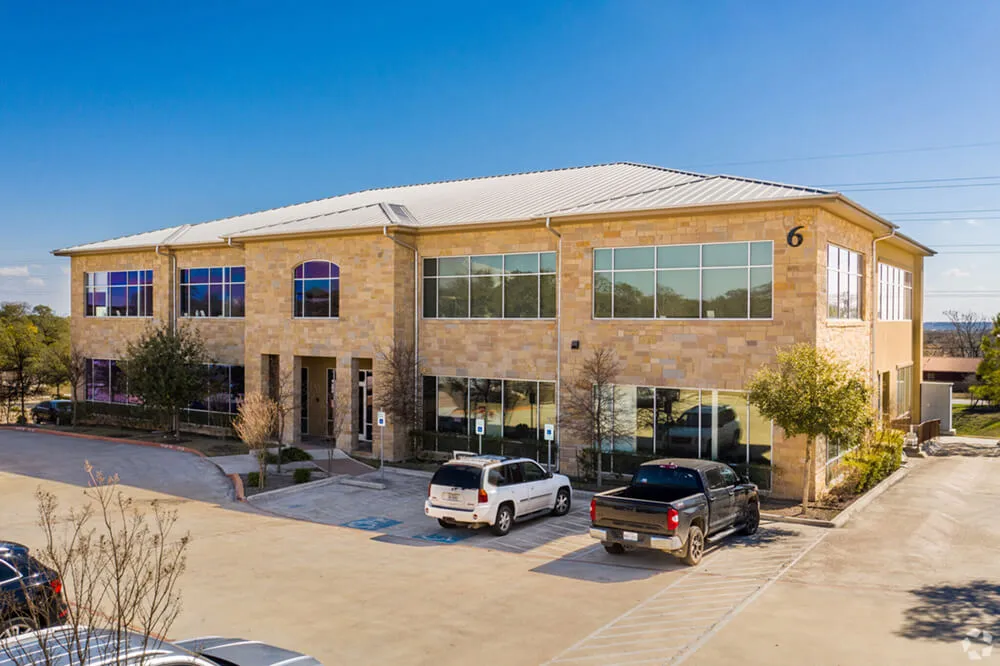Sciatica Treatment in Austin, Kyle, Dripping Springs, and San marcos
Wondering what sciatica treatment often looks like? Sciatica is typically treated with a combination of medical and lifestyle interventions, including the following:
Medication
Medication for sciatica may include non-steroidal anti-inflammatory drugs (NSAIDs) to reduce swelling and pain, muscle relaxants to reduce muscle spasms, and oral steroids to reduce inflammation.
Steroid Injections
If sciatica symptoms do not improve significantly with over-the-counter or prescribed medications, your doctor may inject your sciatic nerve roots with corticosteroid medication to help you experience relief.
Physical Therapy
Physical therapy is often used to help stretch and strengthen the muscles of the lower back, buttocks, and legs, or, if your pain progressively worsens, to help reduce it. Physical therapy can also be used to regain coordination, increase flexibility, correct posture, and prevent future injuries.
Lifestyle Changes
Lifestyle changes such as maintaining a healthy weight, avoiding activities that cause pain, exercising regularly, and stretching can also help to reduce the symptoms of sciatica.
Surgery
In some cases, surgery may be necessary to relieve pressure on the sciatic nerve.Fortunately, our sciatic pain doctors are familiar with non-invasive surgical techniques as well surgical alternatives, and can help you determine the best surgical option necessary for your sciatic nerve pain.
























